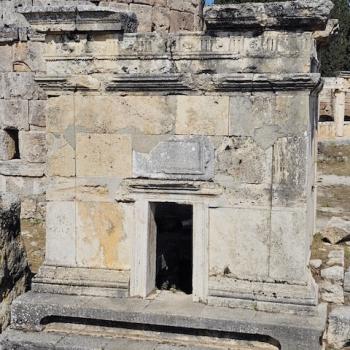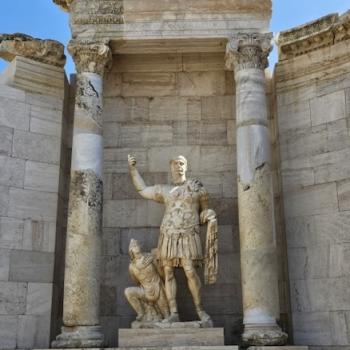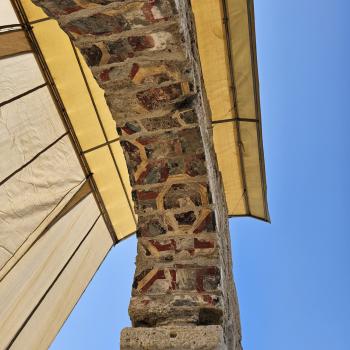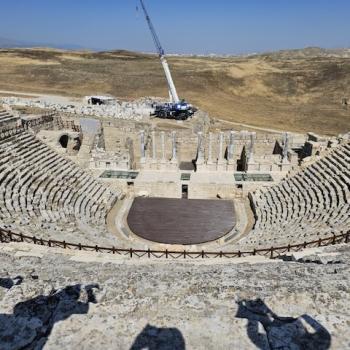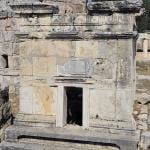The little skit by the minions above and the Gobeckli Tepe Temple both raise questions about what it means to be human.
Are we all just hunter-gatherers moving through life driven by our urges and needs? Or are we something much more than that? What does it really mean to be human? The Bible suggests that begin created in God’s image provides some sort of answer or clue. Some scholars have thought being created in the image of God had to do with our being mini-creators and rulers of the world, like God on a smaller scale. But that has to do with vocation, not nature. The reference to the image of God in the Genesis story suggests something about human nature— a unique capacity for relationship with God, a relationship which involves language and communication as the story of the Garden suggests. It is interesting that the Hebrew word ‘tselem’ is the word for both image and idol in the OT. In a sense humans were created to be God’s image, God’s representative on earth. This is why making an idol of, much less worshipping something less than human as a deity is idolatry. Humans are to be the ‘tselem’ not make ‘tselems’ of lesser things. But there is more. As the Bible moves along it becomes apparent that God intends for humans to reflect God’s character— God is holy, just, loving, kind, compassionate etc. and humans are expected to be so as well on a lesser scale. We are to reflect the moral character on earth. When we get to the NT and we are told that Christians are to be conformed to the image of Christ, again the issue is about character as well as other things. We are to be Christ-like in thought, word, and deed. Furthermore this all provides a clue for the relationship between theology and ethics in the Bible. God is holy and so should we be, and only humans have the capacity to reflect the moral character of God. Image of God concepts show us the connection between theology and ethics.
But back to Gobeckl Tepe for a moment. If that temple tells us anything it is that humans are in a compromised situation. That far from being a garden or a paradise, the world was more like a zoo where all the animals are running lose, and running the zoo! In that sort of fallen world, the inherent human instinct and knowledge that they need divine help to survive and thrive is understandable. But it also bespeaks of something else—- God seems distant, has to be summoned, has to be appeased, has to be beckoned. But why? Because deep in the heart of the humans at Gobeckli Tepe and elsewhere is a recognition that they are fallen creatures needing divine help. But where did such a recognition come from? If human fallenness was a created part of who humans were and what it meant to be human (is it really true that to be human one must be a sinner, one must engage in wicked and harmful behavior) why then the universal reaching out to God for something more, something better, for transformation and salvation from all that goes bump in the night, all the wee beasties. As it turns out archaeology in this case has uncovered not merely the inherent religious character of humans from Day One, it also has uncovered its inherent vulnerability and instinctive need for God and for transendence above the human dilemma. Think on these things.



